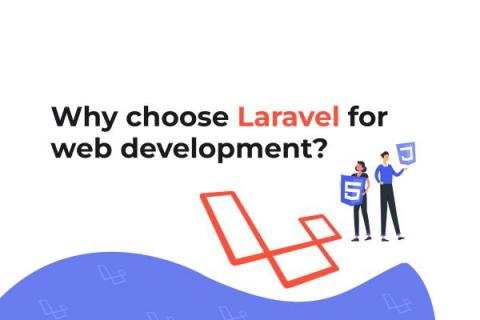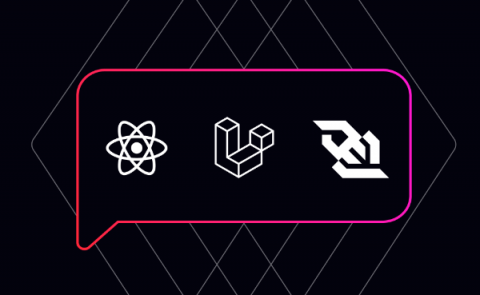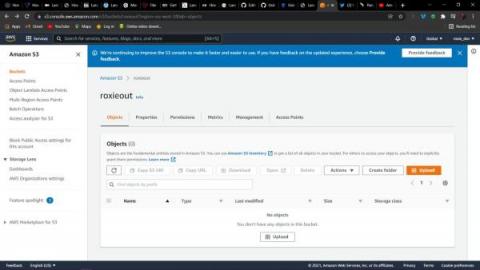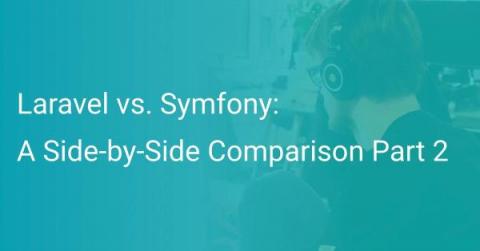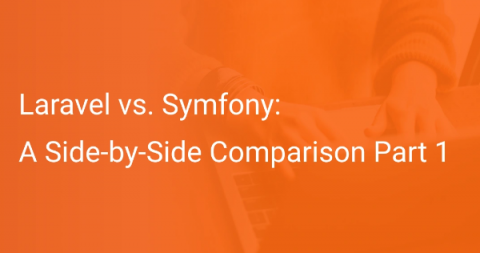Systems | Development | Analytics | API | Testing
Laravel
Building a realtime chat app with Laravel using WebSockets
You use realtime communication every day. It is the simultaneous exchange of information between a sender and a receiver with almost zero latency. Internet, landlines, mobile/cell phones, instant messaging (IM), internet relay chat, videoconferencing, teleconferencing, and robotic telepresence are all examples of realtime communication systems. In this tutorial, you’ll learn how to build a web based realtime chat app using Laravel, Ably and Vue.js.
9 Laravel Best Practices for Building Better Websites
Larval is one of the most popular PHP frameworks, created especially to help developers quickly build web applications. According to builtwith.com, more than 27.5 million websites use a PHP framework, making up 14% of worldwide websites. However, you should always adhere to the following Laravel best practices to make Laravel development a breeze and reap maximum benefits.
Using S3 for File Storage in Laravel
Laravel provides a file system abstraction that includes simple drivers for working with local filesystems, SFTP, and Amazon S3. This article teaches how to use Amazon S3 in Laravel.
Laravel vs. Symfony: A Side-by-Side Comparison - Part 2
In our last post, we began comparing the PHP frameworks Laravel and Symfony. We went over an overview of each framework, and also what particular advantages each one has. In this post, we’ll continue by discussing the following: Finally, we’ll go over which framework is right for your particular use case.
Laravel vs. Symfony: A Side-by-Side Comparison - Part 1
The modern world, which is full of mobile devices, requires more responsive web applications that provide real-time interactions. As a result, you require a practical backend framework to synchronize information in real time and develop a robust database link with the user interface. For example, let's consider your smartphone's live soccer game score that provides instant entry into all the player statistics.
A Deep Dive Into Laravel Queues
Sometimes you have a task that is too slow for a typical web request, such as sending an email or parsing a CSV file. Laravel Queues are a great fit for that type of work. In this article, Farhan dives deep into the Laravel docs to help us understand all of the various options.
Consuming APIs in Laravel with Guzzle
APIs are everywhere! In this article, you'll learn how to consume external APIs in Laravel using Guzzle.
Containerizing Laravel Applications
Containers are popular and unlock many benefits for Laravel developers, but getting started can be confusing. Learn how to containerize an existing Laravel application and discover the benefits that containers can bring to your development workflow.
Oauth Authentication In Laravel: Social Login With Laravel Socialite
Adding social logins to Laravel is easier than you think. In this article, Funke Faith Olasupo discusses OAuth and shows how to implement social login with Laravel Socialite.


